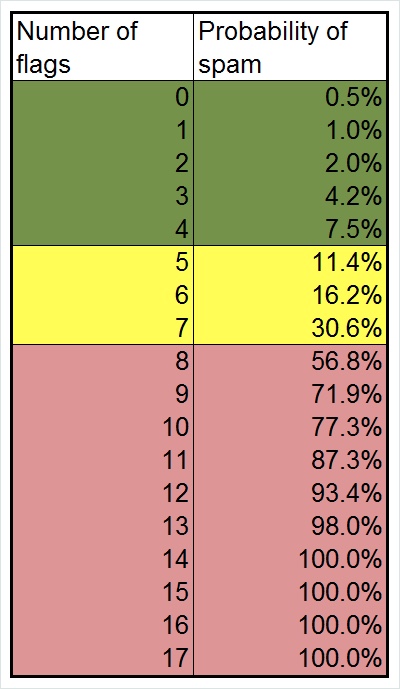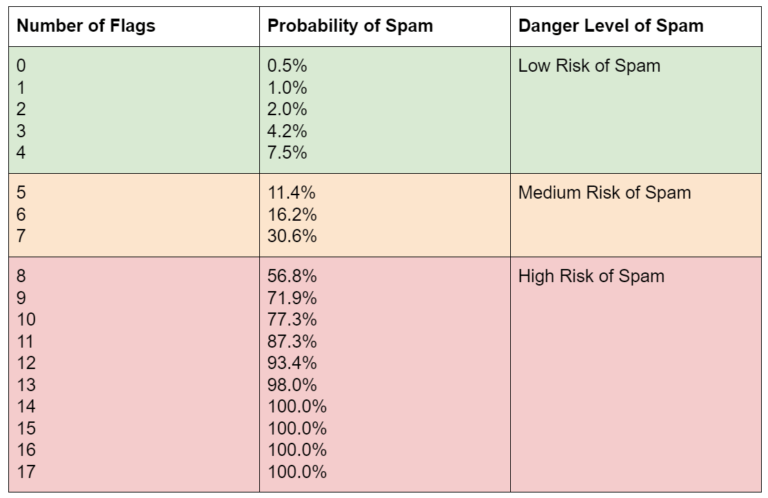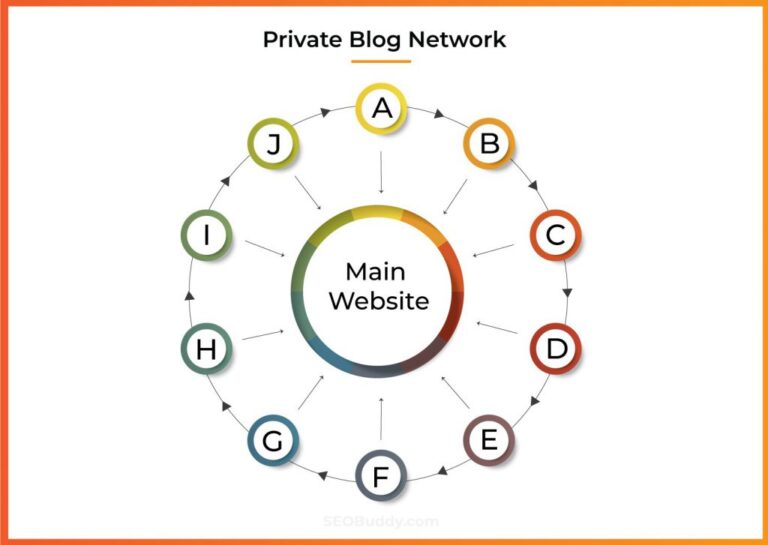Who Actually Owns Domain Names? The world of domain names can be a complex and confusing one. Who actually owns a domain name? It’s a question that many people have asked, and the answer is not always straightforward. In this article, we will explore the topic of domain name ownership and provide some clarity on the matter.
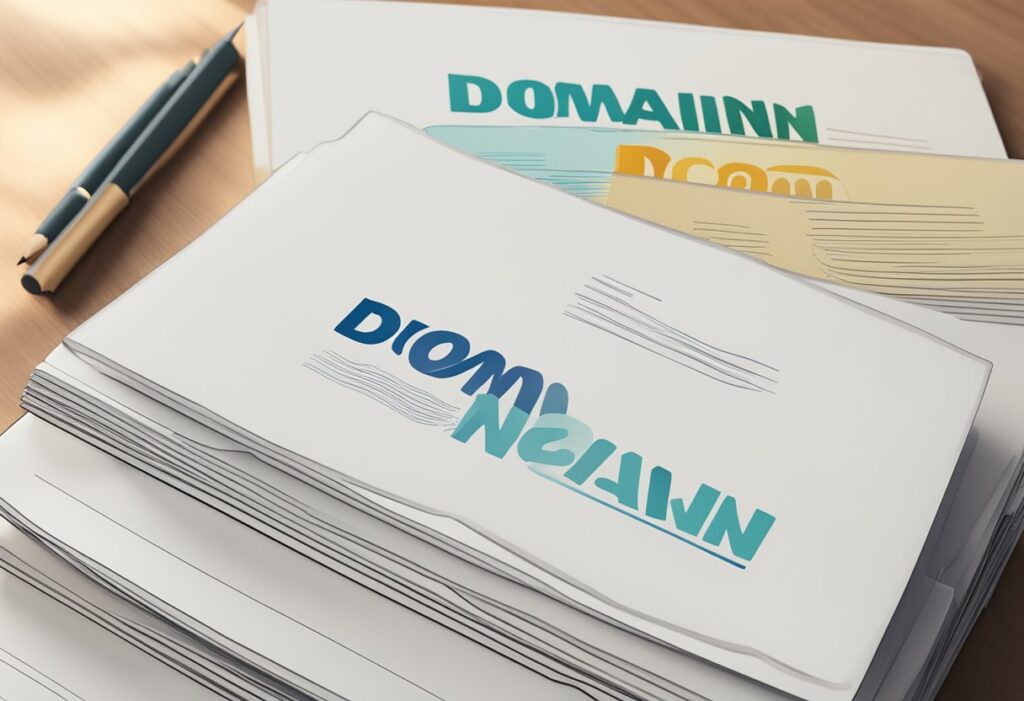
At its most basic level, a domain name is simply an address on the internet. It’s the way that people find your website, and it’s what they type into their browser to get there. But behind every domain name is a complex web of ownership and control. In most cases, domain names are owned by individuals or organizations, but there are also cases where domain names are owned by governments or other entities.
So who actually owns a domain name? The answer to that question depends on a number of factors, including the type of domain name, the registrar that was used to register the domain, and the terms of the registration agreement. In general, though, the person or organization that registers a domain name is considered to be the owner of that domain.
Fundamentals of Domain Name Ownership
Who Actually Owns Domain Names? Domain name ownership is a complex topic that involves multiple parties, each with their own roles and responsibilities. Understanding the basics of domain name ownership is essential for anyone looking to register a domain name. In this section, we will cover the registry and registrar roles, as well as registrant rights and responsibilities.
Registry and Registrar Roles
The registry is responsible for managing the top-level domain (TLD) and ensuring that it functions correctly. Registries are typically operated by non-profit organizations, and they work closely with registrars to manage domain name registrations. The registrar is responsible for selling domain names to registrants and managing the domain name system (DNS) for their customers. Registrars are typically for-profit organizations, and they charge a fee for their services.
Registrant Rights and Responsibilities
Who Actually Owns Domain Names? Registrants are the individuals or organizations that own domain names. As a registrant, you have certain rights and responsibilities. Some of your rights include the right to transfer your domain name to another registrar, the right to renew your domain name registration, and the right to use your domain name for any legal purpose. Some of your responsibilities include keeping your contact information up to date, complying with all applicable laws and regulations, and ensuring that your domain name does not infringe on the intellectual property rights of others.
In summary, domain name ownership involves multiple parties, each with their own roles and responsibilities. Understanding the basics of domain name ownership is essential for anyone looking to register a domain name. As a registrant, you have certain rights and responsibilities that you should be aware of.
Legal Aspects of Domain Ownership
Trademark and Domain Name Law
When it comes to domain ownership, trademark law plays a significant role. Trademark law is designed to protect a company’s intellectual property, including its brand name, logo, and other identifying marks. If a company has a registered trademark, then it has the right to prevent others from using the same or similar mark in a way that could cause confusion among consumers.
This means that if someone registers a domain name that includes a company’s trademark, they may be infringing on that company’s intellectual property rights. In some cases, the company may be able to take legal action to have the domain name transferred to them.
Dispute Resolution Policies
In addition to trademark law, there are also dispute resolution policies in place to help resolve conflicts over domain ownership. One such policy is the Uniform Domain-Name Dispute-Resolution Policy (UDRP), which is used to resolve disputes over domain names that are registered with generic top-level domains (gTLDs) such as .com, .org, and .net.
Under the UDRP, a trademark owner can file a complaint against someone who has registered a domain name that is identical or confusingly similar to their trademark. If the complaint is successful, the domain name may be transferred to the trademark owner.
It’s important to note that dispute resolution policies only apply to domain names that are registered with gTLDs. If a domain name is registered with a country code top-level domain (ccTLD), then the dispute resolution policy for that country will apply.
Overall, understanding the legal aspects of domain ownership is important for anyone who wants to register a domain name. By following trademark law and dispute resolution policies, individuals and companies can avoid legal conflicts and ensure that their domain names are properly registered and protected.
Technical Framework of Domain Names
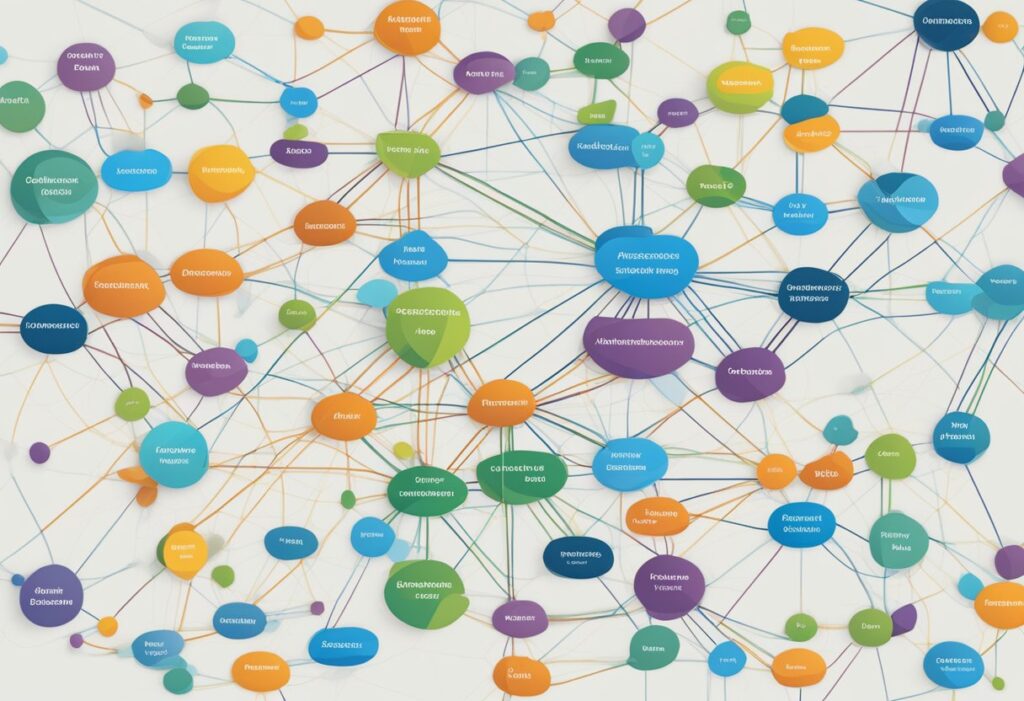
Domain Name System (DNS) Structure
The Domain Name System (DNS) is a hierarchical and decentralized naming system that is responsible for translating human-readable domain names into IP addresses that machines can understand. The DNS is comprised of multiple levels, each of which serves a specific purpose in the translation process.
At the top of the DNS hierarchy are the root servers, which are responsible for directing DNS queries to the appropriate top-level domain (TLD) servers. TLDs are the highest level of domain names, and they are managed by various organizations, including country-code TLDs (ccTLDs) that are managed by individual countries.
Who Actually Owns Domain Names? Beneath the TLDs are second-level domains (SLDs), which are typically managed by registrars that have been accredited by the Internet Corporation for Assigned Names and Numbers (ICANN). Registrars are responsible for managing the registration of domain names and ensuring that they are properly associated with the correct IP addresses.
Want to buy expired domain, go to lettiebelle.com.
ICANN’s Role in Domain Management
ICANN is a non-profit organization that is responsible for managing the global domain name system. ICANN oversees the allocation of IP addresses and domain names, and it works to ensure that the Internet remains secure, stable, and interoperable.
ICANN has a number of responsibilities related to domain name management, including overseeing the accreditation of registrars, approving new TLDs, and ensuring that the DNS root zone file is accurate and up-to-date. ICANN also works to promote competition and consumer choice in the domain name industry, and it is responsible for resolving disputes related to domain name ownership.

